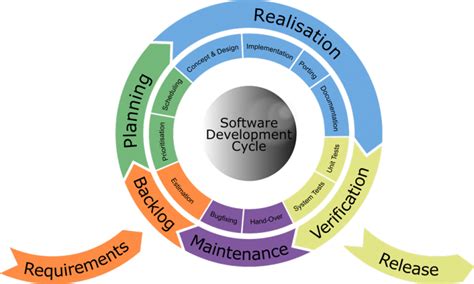It’s an undeniable fact that writing GUI applications for Windows has become increasingly exasperating over the years. Reflecting on the golden days of Visual Studio or Borland from the 1990s, one can’t help but feel a sense of nostalgia. Back then, the process was relatively straightforward—point, click, add some code, set styles, and you had a consistent, functional interface. Today, however, GUI applications are marred by a multitude of complications, marked by increased memory usage, slower performance, and diminished accessibility and uniformity.
The tremendous growth in application functionalities, modern security requirements, and the necessity for encryption and certificate handling have all contributed significantly to the overall memory footprint. While it’s true that modern computers are equipped with exponentially larger amounts of RAM, the bloated memory usage of contemporary applications cannot be overlooked. Furthermore, the critical view that modern apps are perceived as slower isn’t entirely unfounded. Even though mechanical hard drives were indeed painfully slow, the expectation from modern SSDs is to deliver near-instantaneous responses. Yet, developers like user “wiseowise” argues that despite faster hardware, modern PCs equipped with ultra-fast SSDs sometimes exhibit slower performance.
So why has the development process become so cumbersome? The transition from intuitive environments like WinForms or WPF on legacy systems to the current maze of frameworks has not been kind to developers. Microsoft’s iterations of development environments—spanning WPF, UWP, WinUI, MAUI, and Blazor—have only added to the chaos. Each new framework promised advancements but instead introduced additional layers of complexity. The author’s insistence on bundling all components into a single executable further narrows feasible solutions, excluding potentially effective tools like C# and .NET’s streamlined GUI frameworks that require auxiliary files or installations.
Mobile development presents its own set of challenges. Developers had an opportunity to reinvent the wheel and eliminate desktop cruft, but consistency and developer experience on mobile platforms didn’t achieve the leap many had hoped for. While consistency has somewhat improved, the formidable developer experience on mobile environments, often highlighted by the inability to develop directly on the device, introduces a layer of complexity and frustration.
The argument against adopting modern practices for GUI development often centers around the preservation of a singular, cohesive executable. Yet, the dynamism and flexibility of modern frameworks explore the trade-offs between convenience and customizability. Historically native Win32 controls and toolkits like Qt and GTK have provided solid foundations. Frameworks like Dear ImGui, while unorthodox, allow for rapid development but deviate from traditional, familiar interfaces, creating a dichotomy of preference and experience. The push for modern frameworks demands a balance that accommodates developer needs for efficient, low-overhead environments while meeting users’ expectations for a polished, responsive interface.
Several developers have recommended alternatives like AvaloniaUI, which combines the simplicity and extensibility needed to meet modern demands. The focus should be on pragmatic solutions that respect the historical context of GUI development while embracing contemporary flexibility. Exploring the potential of tools that deliver cross-platform compatibility, like Flutter or modern VMs that mitigate the need for extensive OS-specific optimizations, may offer pathways towards more efficient and effective GUI programming.
As we move forward, maintaining an appreciation for the historical evolution of GUI tools while embracing modern efficiencies is crucial. Balancing the complexities of new frameworks with user-centric, performance-oriented development strategies may ultimately chart the future of GUI applications free from the pain points currently prevalent.


Leave a Reply